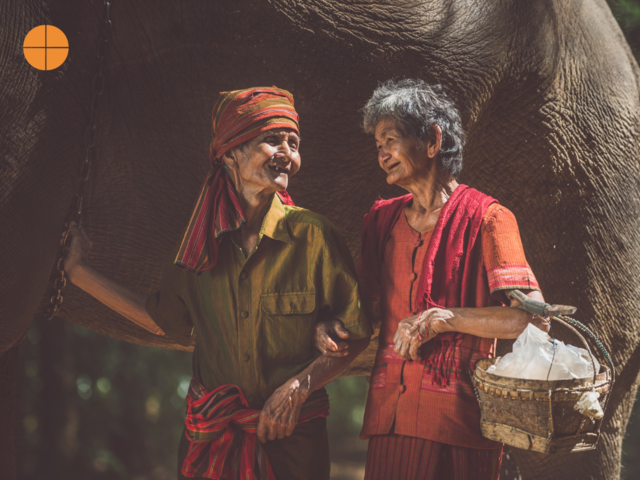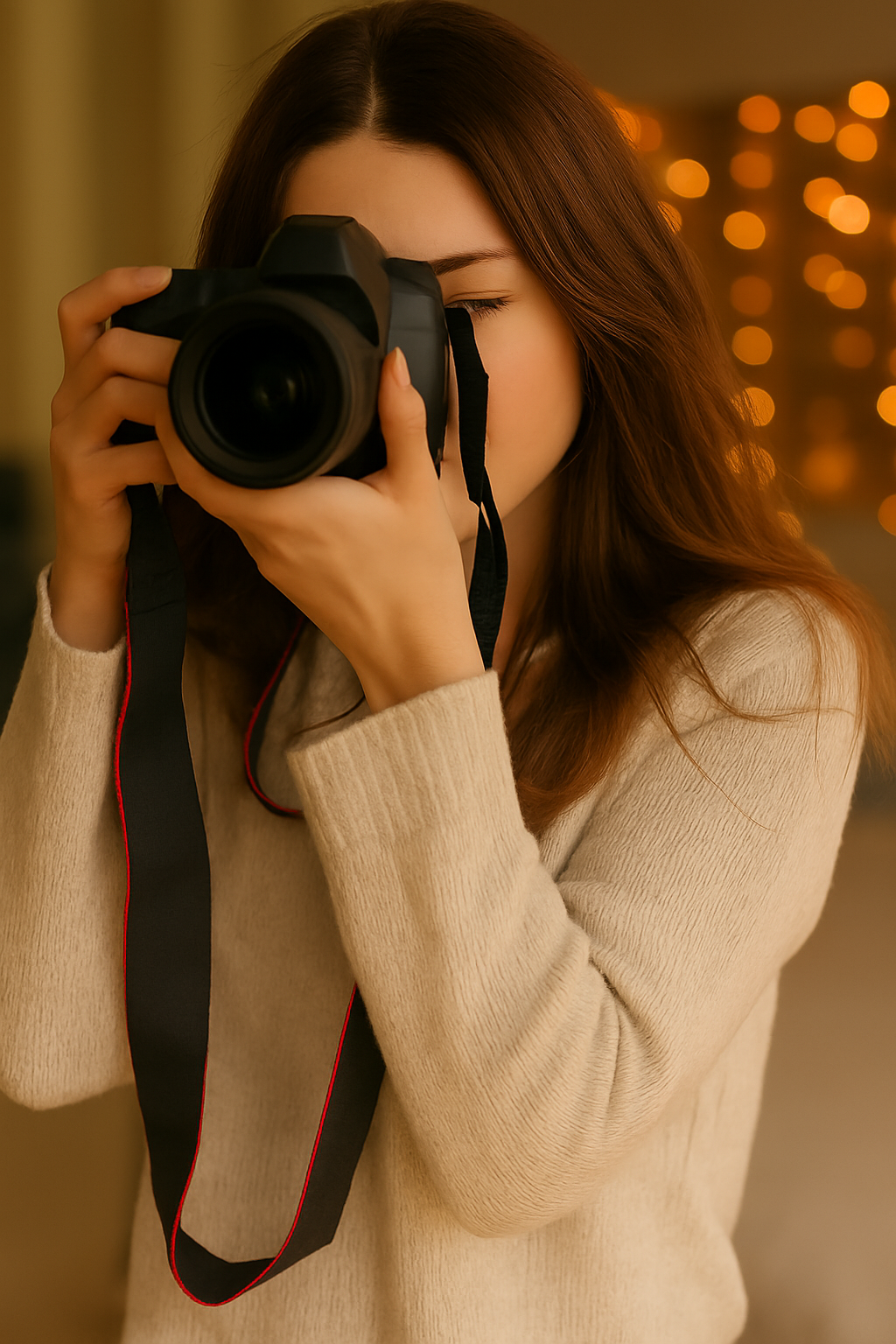Great photography is so much more than just an image. A photograph tells a story and a well told story will capture the imagination of an audience and evoke raw emotions. But how can a person inject emotion and narrative into an image? We delve into the art of capturing a feeling in a photograph. This blog will guide you through the ways you can tell a captivating story using only your camera.

Emotion in photography
Photography is a powerful medium that speaks a universal language and can bridge linguistic divides. The art of photography can tell a tale that is shared around the world. Viewers can connect with a photograph's emotional depth, allowing them to connect with the image. It is the photographer's perspective that is always at the helm thus making them the narrator of the story.
Creating a bond
Making an emotional connection with your photography begins with your connection to the subject or the environment you are shooting. Whether you're photographing a person's portrait or a fleeting moment in nature, immersing yourself in the environment and developing a genuine understanding of your subject is a crucial first step. Learn their story and share it through your lens. When shooting scenes such as landscapes or cityscapes, pay attention to the context and strive to capture their spirit in your shot.
Perspective and composition
Composition and perspective are the building blocks of any story. For a visual tale as told through a photograph, compositional features such as lines, curves, and patterns can be used to guide the viewer's eye, generating a sense of movement and depth in the image. A photographer should also have access to certain tools such as the Rule of Thirds, leading lines, symmetry, and framing. It is these compositional rules that are shorthand when creating particular moods or perspectives.
The perspective of an image is dictated by the photographer and the sentiment conveyed can be controlled, altered and even manufactured through an interesting perspective. A low-angle shot, for example, can make a subject appear more imposing or substantial, but a high-angle shot can make the same figure appear small or defenceless.
Colour and light
Emotion lives in light and feelings are conveyed through colour. Soft, diffused light is typically employed to create a quiet, serene tone, and harsh, contrasted light can be used to create dramatic, passionate settings. Experimenting with various light sources and their directionality can significantly alter the tone of your image.
When generating feelings, cool colours, such as blues and greens, can portray peacefulness or sorrow, whereas warm colours, such as reds and oranges, can create sentiments of passion, excitement, or even rage.

Capturing that critical moment
Henri Cartier-Bresson coined the famous phrase, "decisive moment," which refers to that split second when all the components within the frame align, resulting in that captivating shot. It all comes down to being at the right place at the right time and having the instinct to seize the moment. The ability to predict and capture these moments takes practice and patience, but these perfect shots can have tremendous emotional depth.
Post-processing
Post-processing is more than just fixing errors, it's an opportunity to enhance the mood and enrich the story you're presenting. Dodging and burning can be used to direct focus, altering saturation can be used to accentuate or mute colours, and applying grain or textures can be used to generate a specific ambiance.
Putting it all together
Creating emotion through photography is a sophisticated process that combines technical skills with empathy and creativity. Understanding your subject, making purposeful compositional choices, and applying light and colour to enhance the mood are all important. It involves patience, anticipation and being ready for the perfect moment. After that, the image can be bolstered in post-production.
It is via the careful orchestration of elements that photographers are able to tell rich and evocative stories. Remember that the most powerful photos are generally those that make us feel something, draw us in, and make us think. As the legendary photographer Ansel Adams once stated, "You don't take a photograph, you make it."

Learning to make emotionally charged, story-driven images is a journey that involves investigation, experimenting, and ongoing learning. Why not go on this journey right now? At our Academy, we provide comprehensive photography courses guided by seasoned professionals that can assist you in honing your photographic storytelling talents. Immerse yourself in the realm of photography and discover how to make photos that have meaning for you. Your quest to capture engaging, emotional images begins here at our British Academy of Photography.

